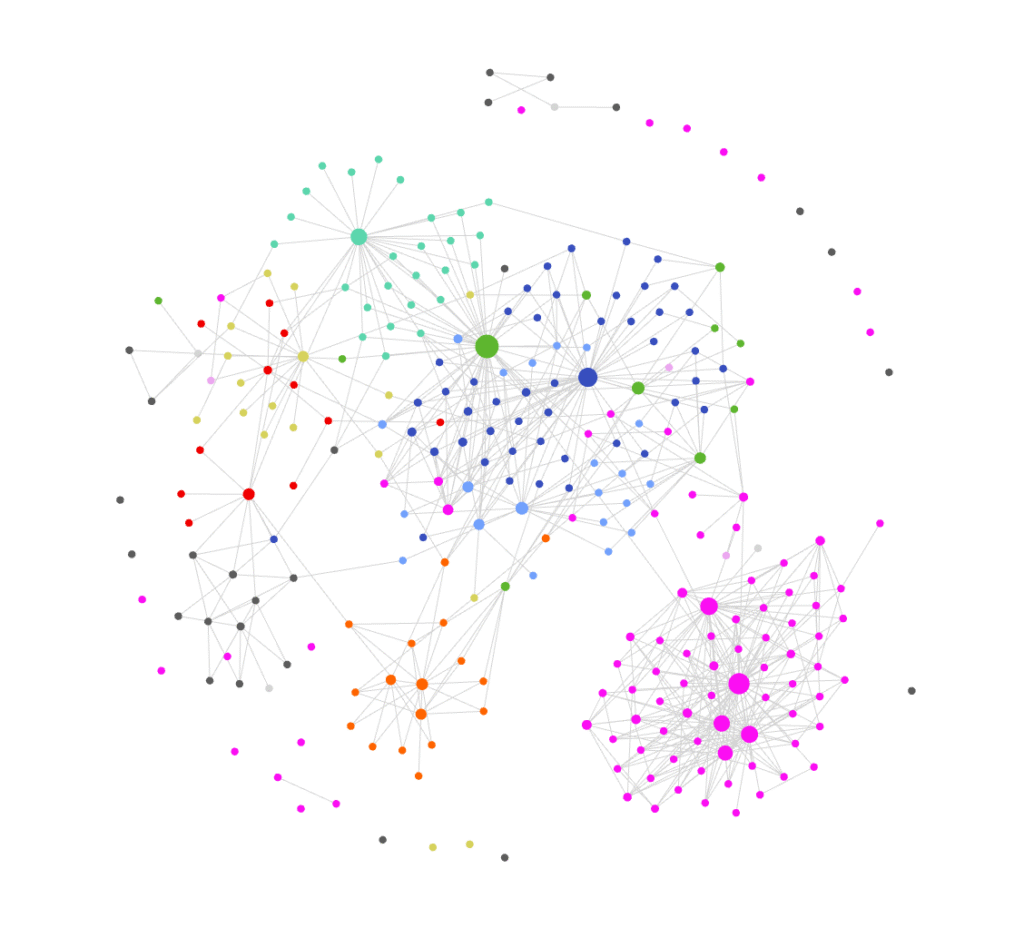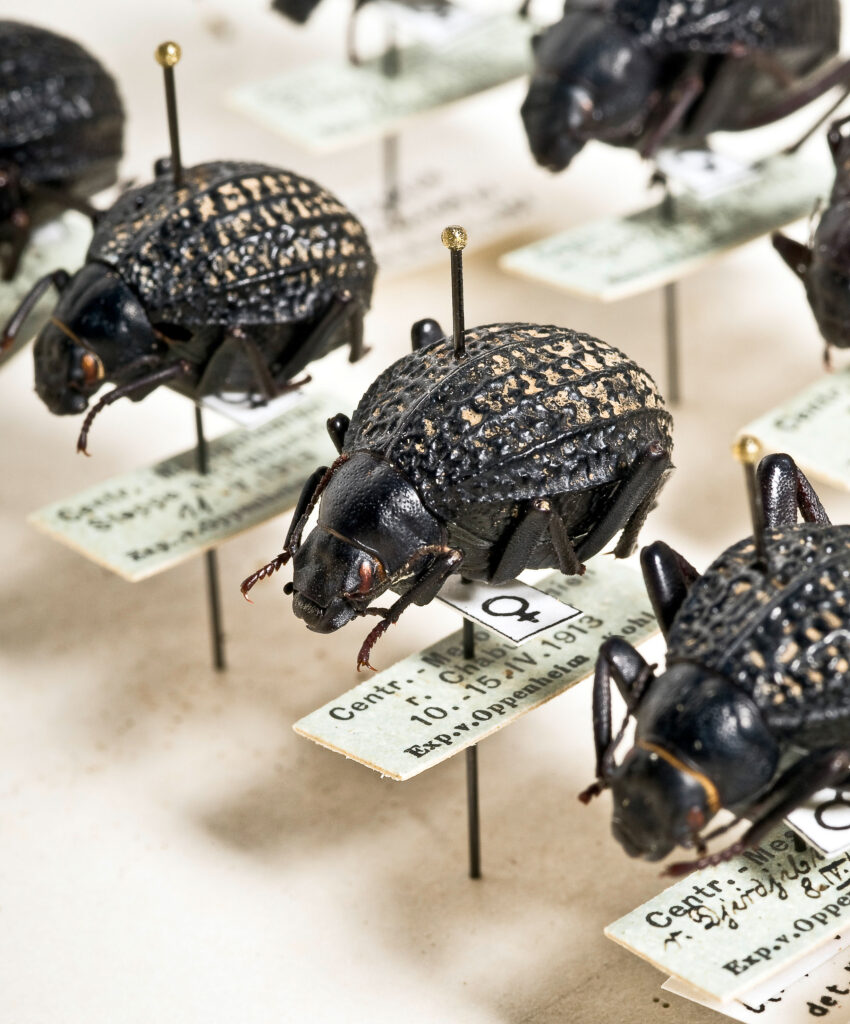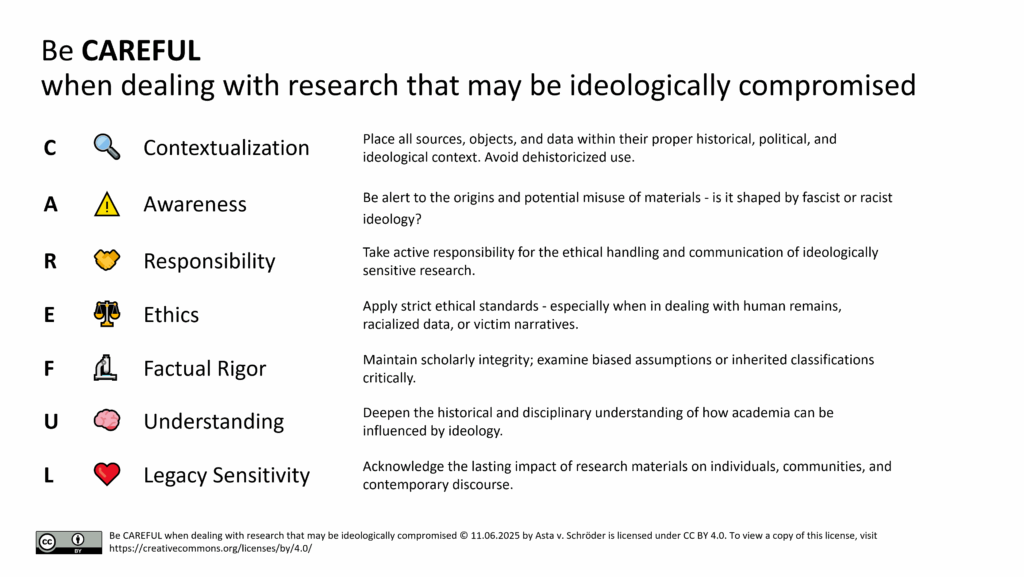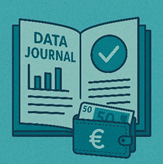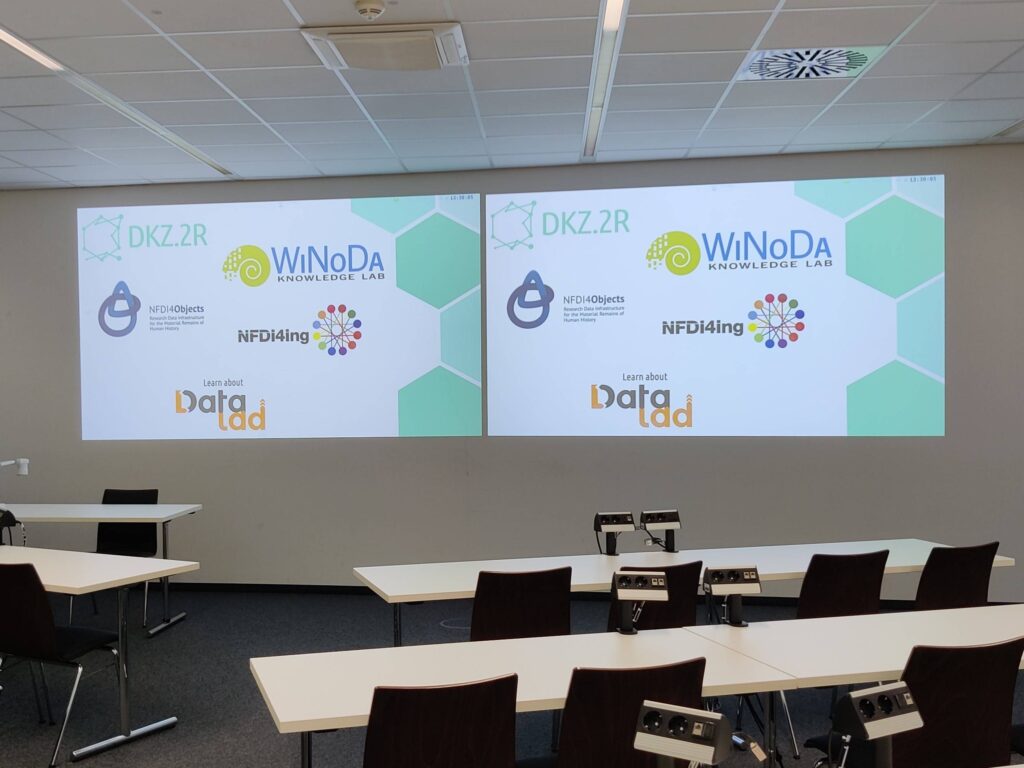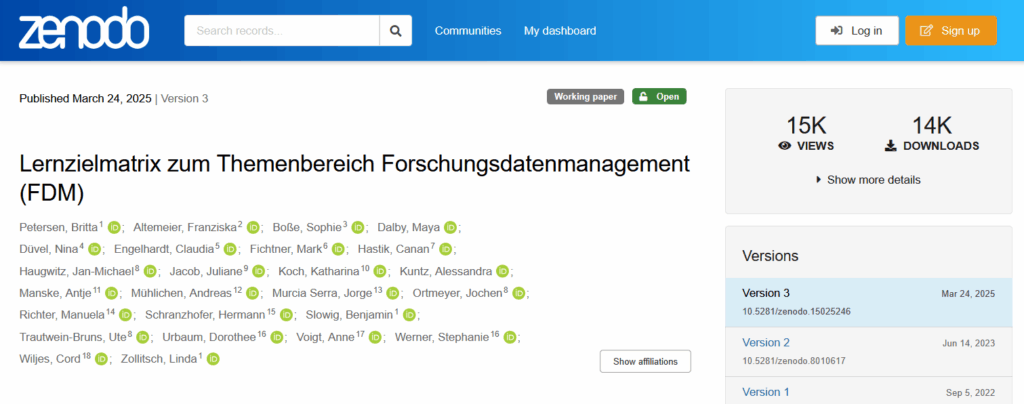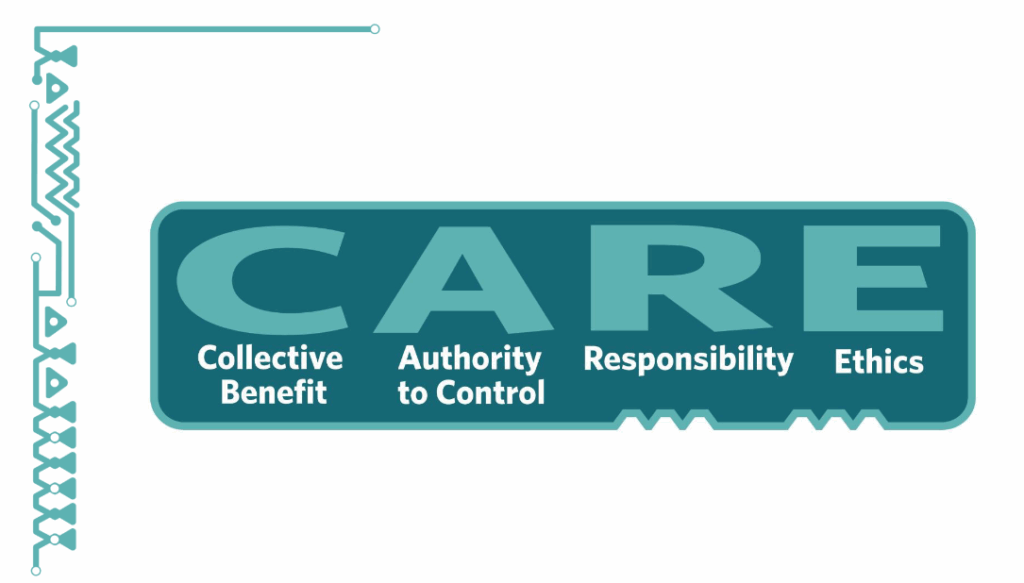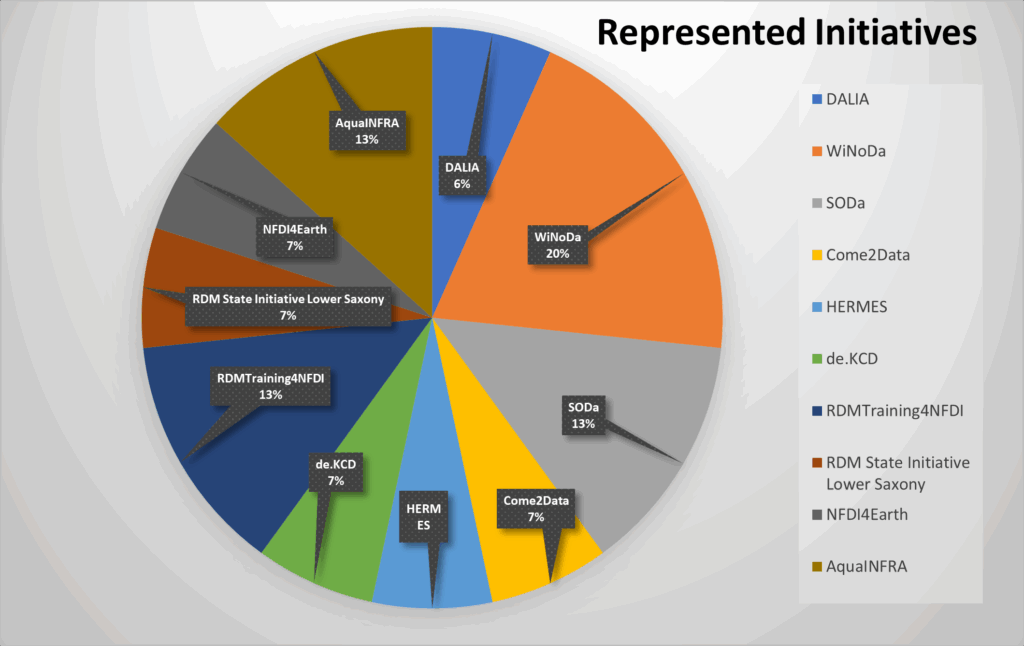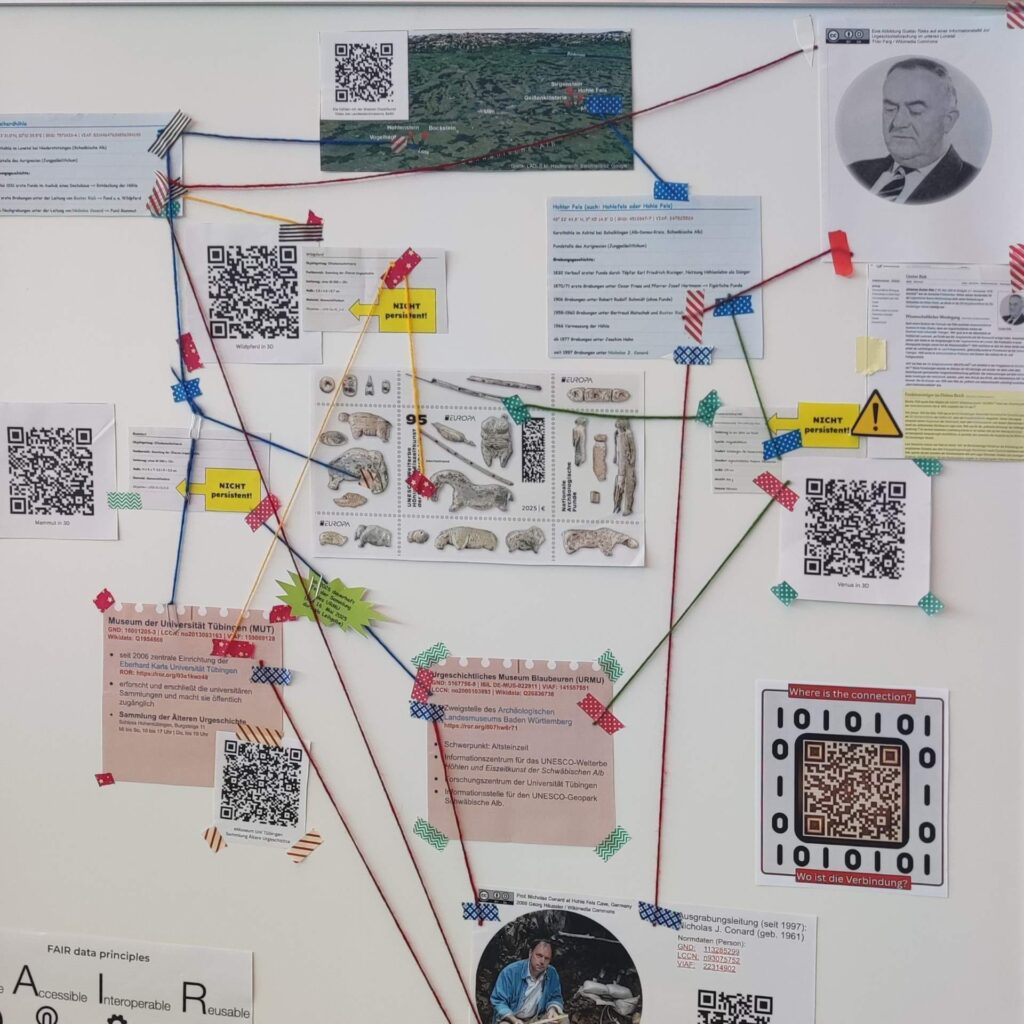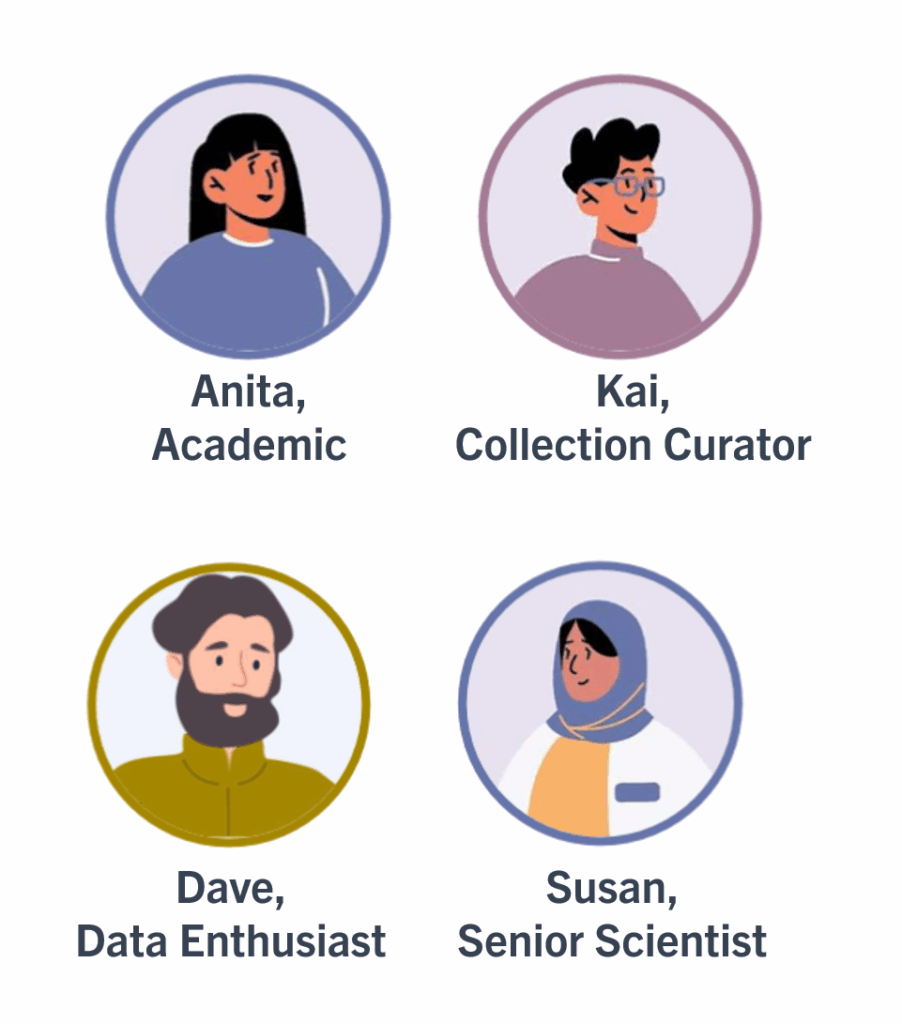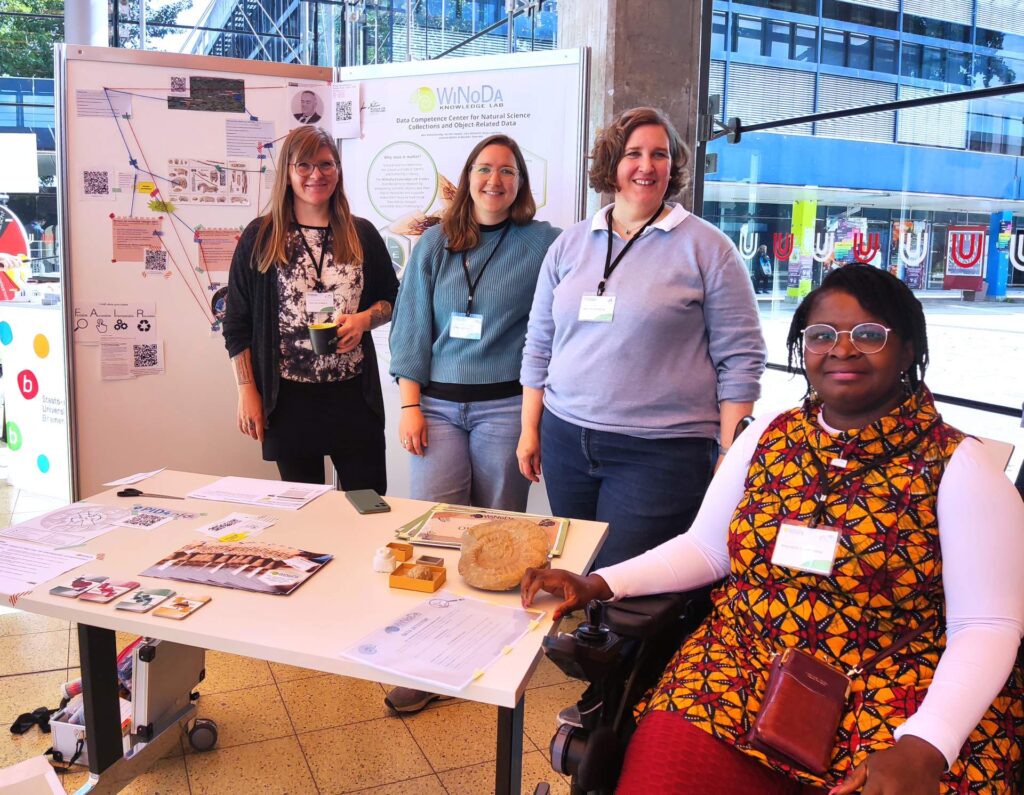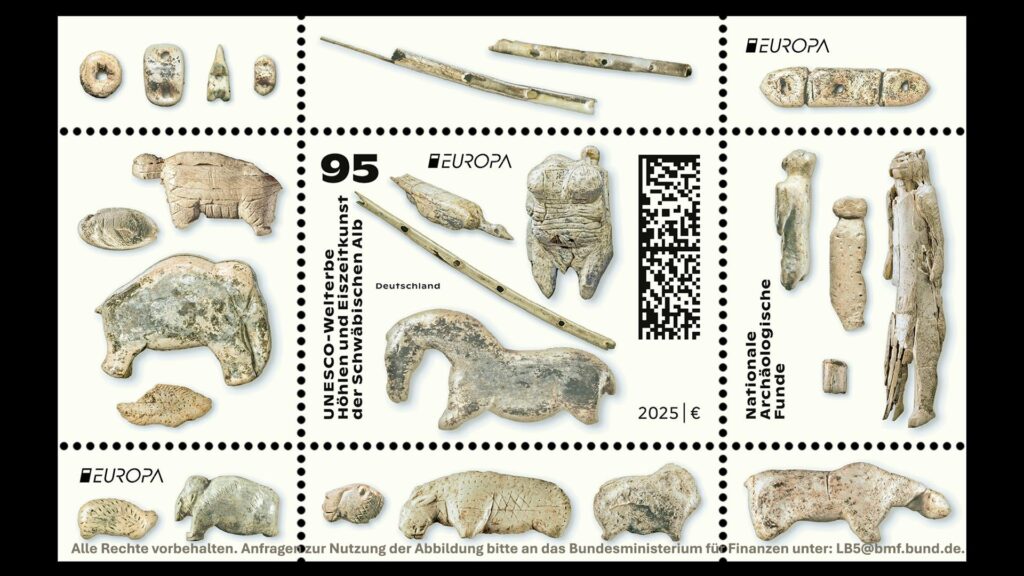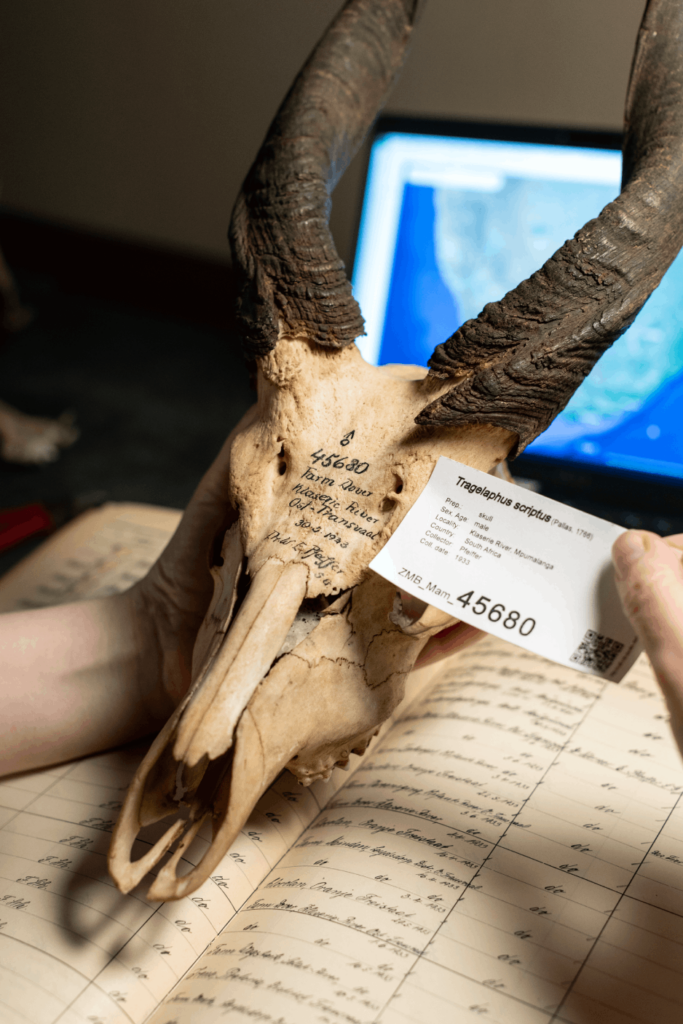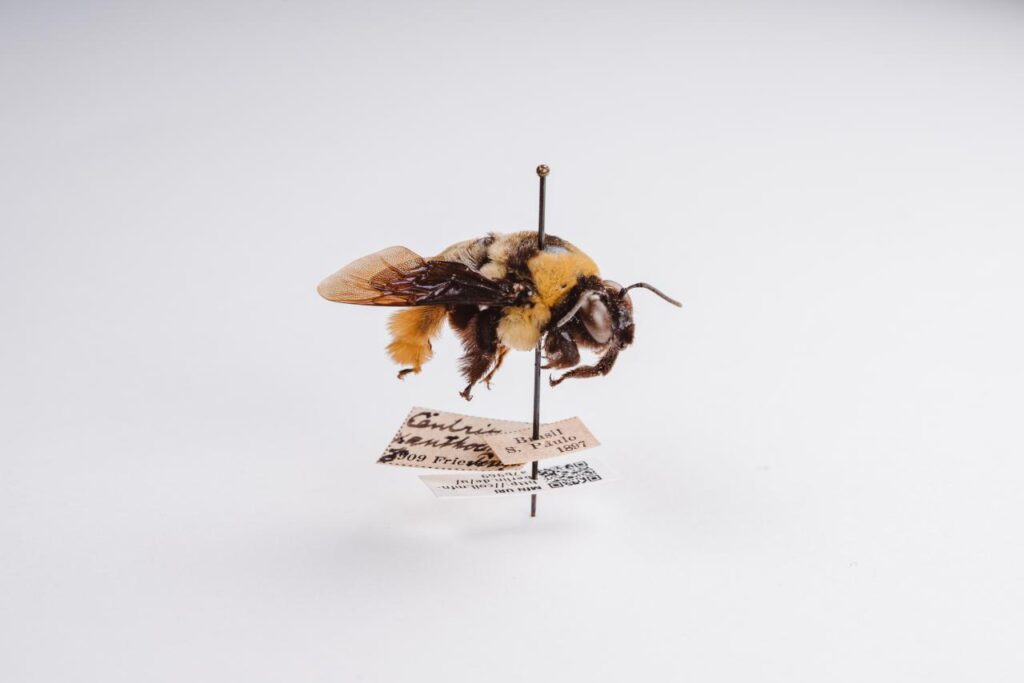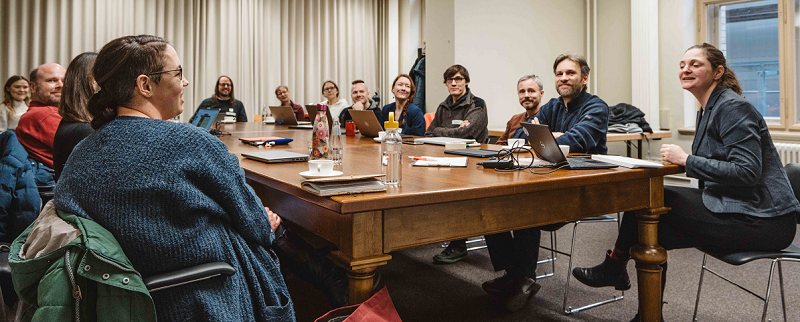
14. November 2025
I came across Obsidian on my Mastodon timeline. Some time ago, the subject of “knowledge...
29. October 2025
Much has been said and written about the gradual formation of thoughts while writing....
17. October 2025
Anyone dealing with Open Science and the FAIR principles will sooner or later encounter...
10. October 2025
In the first two parts of this series, I discussed two well-established and widely...
29. September 2025
On September 30, 2025, 11:00 a.m. CEST, we will have a webinar about data journals...
25. September 2025
In everyday research, a lot of mostly heterogeneous data is generated, which is often...
9. September 2025
There is a quote by William Gibson, science fiction author, that goes: “The future...
29. August 2025
This blog post is part of a series. Part 1 can be found here: https://winoda.de/en/2025/08/13/the-magic-of-acronyms-part-1-fair/...
13. August 2025
Do you recognize this?You read something and then you think something else because...
29. July 2025
The communication of knowledge requires different forms for different formats –...
15. July 2025
June 26, the WiNoDa and DALIA teams hosted a dynamic three‑hour online workshop on...
4. July 2025
For the Bremen Research Data Day, our WiNoDa colleagues from gfBio had registered...
20. June 2025
My main task at WiNoda is to create self-study courses on various topics that we...
12. June 2025
In June 2023, I stumbled into the Research Data Day at the University of Bremen somewhat...
3. June 2025
I’m currently writing a social media concept for WiNoDa. You would think this...
19. May 2025
Speaking of the digitization of objects, the German Europa stamp 2025 was issued...
12. May 2025
In order to compare or analyze poems data sets, they need to be put into a structure....
5. May 2025
This question can hardly be answered in one sentence.In English, we speak of “data...
1. May 2025
When someone asks me what I currently do for a living, I answer: I mainly create...
6. December 2024
On November 20, 2024, the second event in the “Quo Vadis Open Science in Berlin and...
29. August 2024
It’s here – the WiNoDa data competence center is now online! The development of the...
14 November 2025
Knowledge Management with Obsidian
I came across Obsidian on my Mastodon timeline. Some time ago, the subject of “knowledge management”...
29 October 2025
Writing better with Markdown
Much has been said and written about the gradual formation of thoughts while writing. And it’s...
17 October 2025
Persistent Identifiers (PID) for Physical Objects
Anyone dealing with Open Science and the FAIR principles will sooner or later encounter persistent identifiers,...
10 October 2025
The magic of acronyms. Part 3: CAREFUL
In the first two parts of this series, I discussed two well-established and widely used sets of principles...
29 September 2025
From Repositories to Data Journals
On September 30, 2025, 11:00 a.m. CEST, we will have a webinar about data journals at WiNoDa. You can...
25 September 2025
Three days of DataLad-Workshop & Hackathon in Aachen
In everyday research, a lot of mostly heterogeneous data is generated, which is often processed and analyzed...
09 September 2025
The LOM for RDM and the unevenly distributed knowledge
There is a quote by William Gibson, science fiction author, that goes: “The future is already here, it’s...
29 August 2025
The magic of acronyms. Part 2: CARE
This blog post is part of a series. Part 1 can be found here: https://winoda.de/en/2025/08/13/the-magic-of-acronyms-part-1-fair/...
13 August 2025
The magic of acronyms. Part 1: FAIR
Do you recognize this?You read something and then you think something else because of that, and this...
29 July 2025
The many forms of knowledge transfer
The communication of knowledge requires different forms for different formats – so far, so good....
15 July 2025
Mapping RDM training resources in data competence portfolios: A success story
June 26, the WiNoDa and DALIA teams hosted a dynamic three‑hour online workshop on “Mapping learning...
04 July 2025
"Data Clues" - a material knowledge graph
For the Bremen Research Data Day, our WiNoDa colleagues from gfBio had registered us quite early for...
20 June 2025
Who cares (hopefully)?
My main task at WiNoda is to create self-study courses on various topics that we want to make available...
12 June 2025
"FAIR future skills" - Research Data Day in Bremen, June 11 2025
In June 2023, I stumbled into the Research Data Day at the University of Bremen somewhat by chance –...
03 June 2025
How could data competency go viral?
I’m currently writing a social media concept for WiNoDa. You would think this would actually be...
19 May 2025
Ice age art (digital)
Speaking of the digitization of objects, the German Europa stamp 2025 was issued on 8 May 2025.Europa...
12 May 2025
Why do we even need data literacy?
In order to compare or analyze poems data sets, they need to be put into a structure. There are various...
05 May 2025
What is this “data literacy” anyway?
This question can hardly be answered in one sentence.In English, we speak of “data literacy”, i.e. the...
01 May 2025
Hello World!
When someone asks me what I currently do for a living, I answer: I mainly create eLearning materials...
06 December 2024
Open Access for Objects: Challenges and Opportunities
On November 20, 2024, the second event in the “Quo Vadis Open Science in Berlin and Brandenburg 2024/25”...
29 August 2024
Start of the WiNoDa Knowledge Lab
It’s here – the WiNoDa data competence center is now online! The development of the WiNoDa Knowledge...
Knowledge Management with Obsidian
I came across Obsidian on my Mastodon timeline. Some time ago, the subject of “knowledge management”...
Writing better with Markdown
Much has been said and written about the gradual formation of thoughts while writing. And it’s...
Persistent Identifiers (PID) for Physical Objects
Anyone dealing with Open Science and the FAIR principles will sooner or later encounter persistent identifiers,...
The magic of acronyms. Part 3: CAREFUL
In the first two parts of this series, I discussed two well-established and widely used sets of principles...
From Repositories to Data Journals
On September 30, 2025, 11:00 a.m. CEST, we will have a webinar about data journals at WiNoDa. You can...
Three days of DataLad-Workshop & Hackathon in Aachen
In everyday research, a lot of mostly heterogeneous data is generated, which is often processed and analyzed...
The LOM for RDM and the unevenly distributed knowledge
There is a quote by William Gibson, science fiction author, that goes: “The future is already here, it’s...
The magic of acronyms. Part 2: CARE
This blog post is part of a series. Part 1 can be found here: https://winoda.de/en/2025/08/13/the-magic-of-acronyms-part-1-fair/...
The magic of acronyms. Part 1: FAIR
Do you recognize this?You read something and then you think something else because of that, and this...
The many forms of knowledge transfer
The communication of knowledge requires different forms for different formats – so far, so good....

